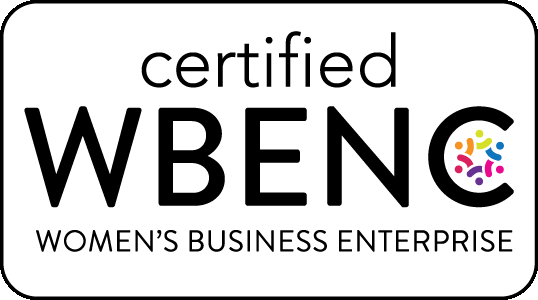When most communicators consider using artificial intelligence, they’re almost always thinking, “All I need is a decent first draft.” Using chatbots like ChatGPT, Gemini, CoPilot, Claude, or others can certainly help overcome the dreaded “blank page,” but did you know there are other ways AI can help create more efficient, engaging, and effective workplace communications? In Part 1 of this series, we offer the first five of 10 to consider.
1. Generating ideas: Your virtual brainstorming partner
Feeling stuck? Out of fresh ideas? AI can be a powerful, even clever, partner. An open-ended prompt—for example, “Give me five names for a new employee wellness program”—will generate a quick list that can prime your creative pump. Even if all the ideas are bad (and they may well be), you’ll have a set of words and phrases to shape and refine. If there’s nothing you can work with, ask for variations or improvements. Add context, including your audience (new hires? hourly employees?), desired tone (formal? lighthearted?), and purpose (describe benefits, generate enthusiasm) to get a more targeted (and maybe even creative) result.
2. Streamlining and tailoring content
Just as Google, Reuters, Facebook, and other news and social media platforms rely on AI to provide individual news and information feeds, workforce communicators can use AI to deliver customized content to employees. Tools like Haiilo, Firstup, and Canva (for visual content) can find, filter, organize, and share targeted information – business strategy details, policy information, program changes, and industry news. And you can use these and similar applications to poll employees, gather comments, or invite them to contribute, transforming your workforce communication program from a monologue into a conversation.
3. Helping employees navigate policies and procedures
AI-powered chatbots, long familiar to banking, technology, and online retail customers, can play an important employee support role – answering HR queries, providing first-line IT support, mapping internal processes like expense reimbursement, and more. Chatbots and virtual assistants combine natural language processing and machine learning, and, when integrated with internal systems, can respond to employee queries with quick, digestible summaries that make it easier for employees to understand and comply with regulations. Advanced bots can also follow up with clarifying questions or offer multiple options. Bots can work across platforms, including Microsoft Teams and Slack, which offer bot-building toolkits.
4. Making it personal
With AI, you can hyper-personalize messaging by employee role, location, interest, and individual usage patterns and preferences. This makes your communications more relevant and reduces information overload. A variety of AI platforms can help craft messages, tailor content, and optimize communication channels – think email, chat, or intranet — so you can deliver the right message to the right audience at the right time. According to employee segmentation tool provider Poppulo (formerly Newsweaver), personalized communications receive 42% higher engagement than generic messages. AI tools also can help you design custom wellness programs, feedback loops, and recognition systems that build employee engagement.
5. Translating and localizing information
An ever-growing catalog of AI-assisted translation tools can help localize content, ensuring consistent messages, improving understanding, and fostering inclusiveness across global teams. Google Translate offers a handy resource for quick translations of 100+ languages—a big help when you need to communicate short, straightforward messages in multiple languages. For complex policy information, technical reports, or industry-specific language, you may want to rely on the specialized capabilities of tools like DeepL, Memsource, and Systran, which are trained on domain-specific content and can deliver more accurate results.
AI is rapidly expanding the toolkit for internal communicators, enabling smarter, more data-driven, and more personalized approaches to employee engagement and compliance—well beyond traditional content creation. Watch for Part 2 of this series to learn how AI can help communicators get their work done more effectively and efficiently.
Need support figuring out how to use AI to optimize your communications?
The O’Keefe Group can help!


